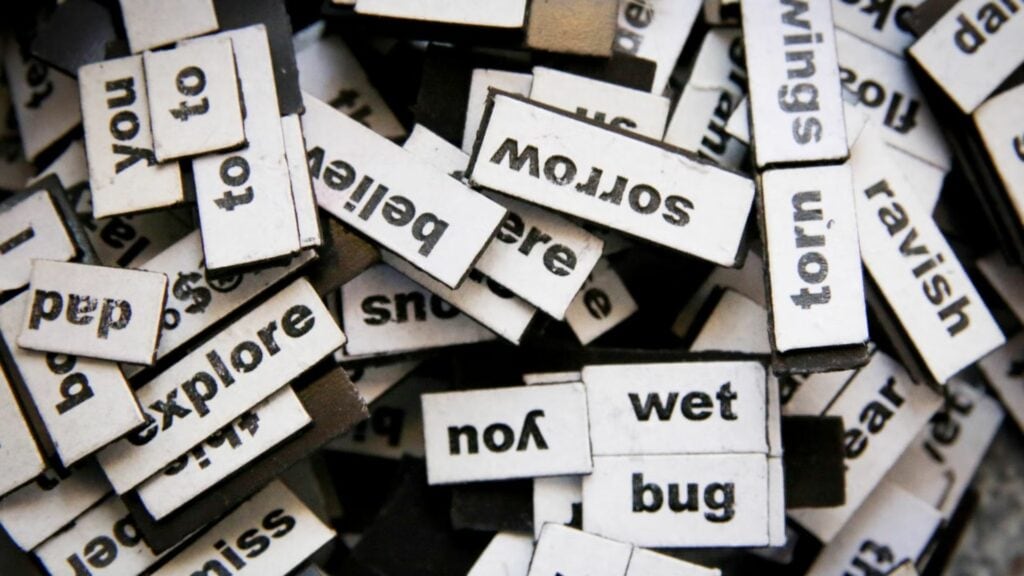One of Ernest Hemingway’s appraised qualities is writing hooking actions and dialogues that make putting down the book impossible. As one of the most influential authors in history, Hemingway has penned some of the greatest works of fiction and non-fiction. His writing style is praised for its simplicity, clarity, and directness, making his work stand out.
Experts studied and analyzed Ernest Hemingway’s work for his writing style. If you want to write like Ernest Hemingway, there are techniques you can use to emulate his unique style. This article discusses seven effective tips for writing like Ernest Hemmingway so you can start crafting your masterpiece.
Ernest Hemingway’s Writing Style
Ernest Hemingway was an American novelist and short-story writer who wrote in a sparse, straightforward manner, with simple sentences and sharp dialogue.
His use of minimalism allowed him to convey complex ideas without using flowery language or cliches. He also used symbolism to express deeper meaning within his stories. Hemingway’s writing style has had an influence on American literature for generations. Hemingway’s novels and short stories remain popular today, providing timeless lessons about life and the human condition.
Write Like Hemingway With These 7 Tips
Writing like Ernest Hemingway takes practice and confidence. These seven writing tips will help boost your writing journey quickly.
Write From Experiences
Drawing inspiration from the world around us can be a powerful tool when crafting stories and developing characters. Hemingway was known for his ability to bring the reader into his stories by grounding them in reality.
His work often took elements from his life, particularly related to war and the emotions associated with loss. Hemingway used these experiences to create a style of writing that was striking in its simplicity but rich in emotion.
Take some time to reflect on your personal experiences and how they can be leveraged in writing.
Keep the first Paragraphs Short
Ernest Hemingway was the master of starting with brief and to-the-point first paragraphs. He wrote tight openings by introducing an intriguing scene, leaving room for curiosity. This quickly grabs the reader’s attention.
The same idea applies to whether you’re writing fiction, non-fiction, or even a blog post. Start with brief and interesting first paragraphs that draw readers in, leaving them wanting to read more.
Use Basic Grammar and Common Vocabulary
You may be overwhelmed by using complex grammar and vocabulary to write like a legend of English literature – Ernest Hemingway. That’s where many get it wrong. You don’t need to be a professional linguist to emulate his writing style.
Hemingway was known for keeping it simple and sticking to basic grammar and common vocabulary. So if you want to write like him, the best way is by following his lead–write with clarity and precision using everyday language.
Shorten Sentences
Ernest Hemingway’s signature writing style was full of short, punchy sentences. Breaking down meandering thoughts into smaller chunks makes it easier for readers to digest and, in some cases, makes the statement more powerful.

Shorter sentences also provide a nice contrast when combined with long, descriptive passages. Try cutting out unnecessary words so that sentences are as concise and impactful.
Choose Compound Sentences Over Commas
Compound sentences are two independent clauses connected with a conjunction. They can give your writing energy and excitement. If you’re looking to emulate Hemingway, try using compound sentences instead of relying on commas. Not only will your sentences sound more confident, but you’ll also create a more interesting rhythm for the reader.
For example, you might write, “Exhausted from my long run, I went home and took a nap.” Instead of using a comma between the two clauses, combine them into one sentence with a conjunction: “I was exhausted after the long run, so I went home and napped.” This sentence has more impact than the original because it eliminates the pause that comes with commas.
Be Positive, Not Negative
Hemingway always preferred a positive writing style. Instead of focusing on what isn’t, he focused on what is and what can be. Here are a few tips for keeping your writing positive and upbeat:
- Focus on solutions instead of problems.
- Avoid negative or inflammatory language.
- Use humor where appropriate.
- Keep an optimistic outlook.
- Don’t be afraid to speak up.
Limit Adjectives and Adverbs for Nouns and Verbs

While adjectives and adverbs for nouns and verbs are widely used in English, they were not in Hemingway’s style. He favored simple, direct language and believed in “showing not telling.” He wrote about what he saw–the facts–instead of how something made him feel.
To emulate his style, try limiting your use of adjectives and adverbs. Instead, focus on concrete details that provide a vivid image without needing explanation.
For example, instead of saying, “He was a good cook,” try something like, “His food melts in your mouth.” Doing this will help you develop descriptive scenes without relying on excessive modifiers to convey emotion.
Key Takeaways
Ernest Hemingway was a master of the written word. He had an uncanny ability to capture readers’ attention and keep them engaged with his writing.
It’s a dream of many to write like Ernest Hemingway. By following his lead, you can become a better writer like Hemingway himself:
- Write from experiences to craft strong characters and scenarios that are relatable.
- Use basic and common vocabulary instead of overly complex words.
- Break down longer sentences to make them easily understandable.
- Use compound sentences to eliminate the pause and maintain the flow.
- Keep a positive approach to your writing and eliminate negativity.
- Instead of using adjectives and adverbs to describe nouns and verbs, create concrete scenes with descriptive emotions.






